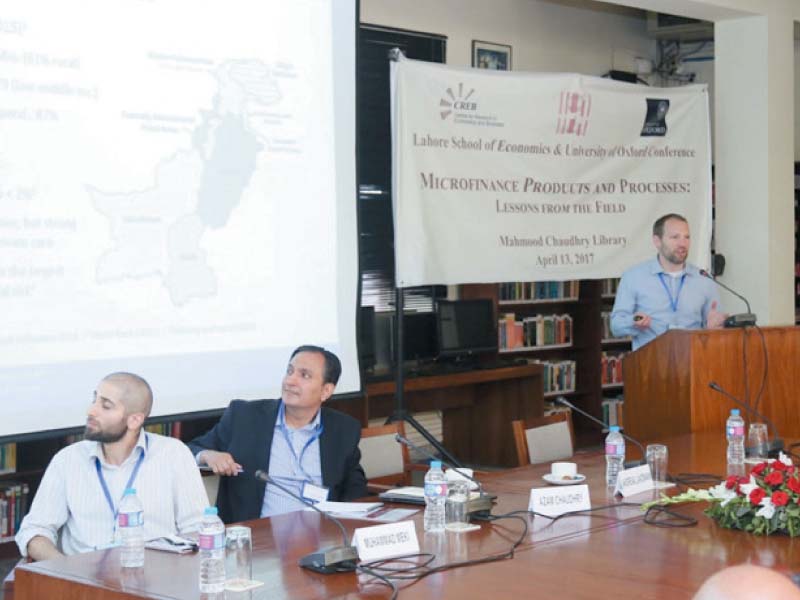
He was speaking at a one-day conference on ‘Microfinance Products and Processes: Lessons from the Field’ organised jointly by LSE and University of Oxford recently.
The moot event was devoted to discussions on the cutting-edge research in the microfinance sector. It brought together speakers from microfinance institutions, researchers and other stakeholders from Pakistan and abroad to discuss main findings of research and the key lessons learnt on the socio-economic welfare of Pakistan.
With robust demand, microfinance market grows 35-40% annually
In his welcoming remarks, Dr Shahid said the global economic landscape was witnessing tectonic shifts in major economic powers of the world, including the US and EU.
“The traditional models of running the world as well as financial systems are no longer valid,” he believed. “Innovative strategies to boost growth in microfinance are important for the wellbeing of people in the country,” he added, stressing the importance of active contributions by both academicians and policymakers to provide fresh and innovative perspectives.
Keynote lecture
Sharing his experience in the microfinance sector, National Rural Support Programme CEO Rashid Bajwa said 20 years ago the field was restricted to social mobilisation and community development.
A pendulum swing of perspectives started in 1997 with the inception of Pakistan Poverty Alleviation Fund, a key element of which was to formalise access to microfinance by providing technical assistance, grants and subsidised capital.
Although, he contended, the microfinance sector has gone through steady changes, Pakistan still lags behind with only 13 per cent of adults having access to a formal account. This is much lower than 31 per cent in Bangladesh, 53 per cent in India and 83 per cent in Sri Lanka.
Tameer Microfinance Bank is now Telenor Microfinance Bank
“The standard microcredit model with high interest rates and immediate repayments seems unable to generate enterprise growth,” he said.
Discussion sessions
In a session titled ‘Comparing the Demand for Microcredit and Microsaving’, Lahore School of Pakistan assistant professor Uzma Afzal and Oxford University associate professor Simon Quinn presented their study.
In ‘Two Sides of the Rupee: Evidence from Framed Filed Experiment’, the authors proposed that saving and borrowing among microfinance clients were substitutes.
The study found high demand for both credit and saving, with the same individuals often accepting both a credit contract and a saving contract over the three experiment waves.
The results implied the distinction between micro-lending and micro-saving was largely illusory, as participants valued a mechanism for regular deposits and lump-sum payments whether structured as credit or debt contract.
Published in The Express Tribune, April 19th, 2017.























1714034954-0/WhatsApp-Image-2024-04-25-at-1-48-04-PM-(1)1714034954-0-270x192.webp)














COMMENTS
Comments are moderated and generally will be posted if they are on-topic and not abusive.
For more information, please see our Comments FAQ